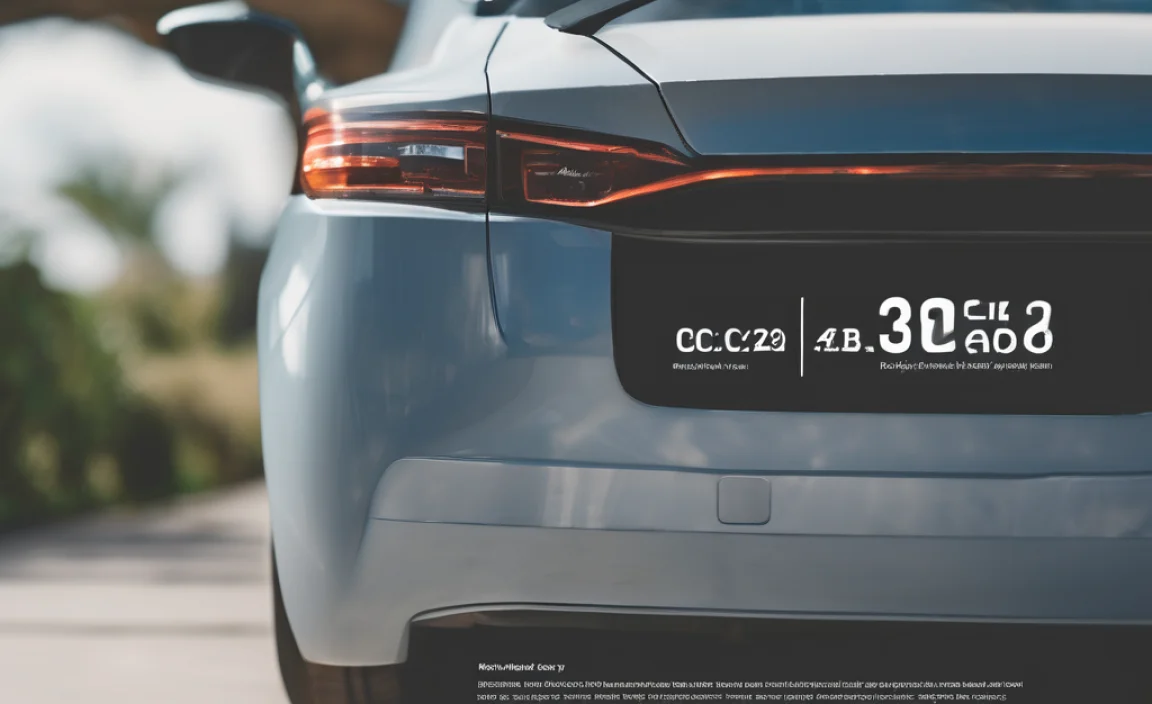When it first launched, the smartphone was a revolutionary device, promising to change the way we communicate and interact with the world. Today, the iPhone stands as a testament to that potential, offering a seamless blend of cutting-edge technology and user-friendly design. However, even the most advanced devices are not immune to the inevitable march of time, and the battery – the very lifeblood of your iPhone – will eventually begin to show signs of depletion. This is where understanding the “apple battery for iPhone” becomes crucial for maintaining optimal performance and extending the lifespan of your beloved device.
The journey of your iPhone battery from pristine performance to a gradual decline is a natural and expected process. Lithium-ion batteries, the type used in iPhones, are complex powerhouses that store and release energy. With each charge cycle, tiny chemical changes occur within the battery, gradually reducing its capacity to hold a full charge. This is not a defect, but rather an inherent characteristic of rechargeable battery technology. You might notice your iPhone no longer holds a charge for as long as it once did, or that it unexpectedly shuts down, especially in colder temperatures or when under heavy load. These are classic indicators that your battery’s health has diminished.
Fortunately, Apple has implemented several features within iOS to help users monitor their battery health. In the Settings app, under the “Battery” section, you’ll find “Battery Health & Charging.” This invaluable tool provides a percentage indicating your battery’s maximum capacity relative to when it was new. A battery health below 80% is generally considered significantly degraded and may warrant replacement for optimal performance. Furthermore, this section often offers insights into whether your battery is currently supporting peak performance or if performance management features have been enabled to prevent unexpected shutdowns. This allows you to make an informed decision about when to consider an “apple battery for iPhone” replacement.
Navigating the options for replacing your iPhone battery can sometimes feel daunting. Of course, the most direct route is through Apple itself. Opting for an official Apple battery replacement ensures you receive a genuine Apple part, installed by a certified technician. This guarantees compatibility and maintains the integrity of your device. While this is often the most reliable option, it can also be the most expensive. Apple’s repair services are known for their quality and peace of mind, but budget-conscious consumers might explore other avenues.
Beyond Apple’s authorized service, there are reputable third-party repair shops that specialize in iPhone repairs. These businesses often use high-quality replacement batteries, and their technicians can be equally skilled. When choosing a third-party provider, it’s essential to do your research. Look for shops with positive reviews, clear pricing structures, and a warranty on their work and parts. This can be a more affordable route to getting a new “apple battery for iPhone” and breathing new life into your device.
A more hands-on approach for the technically inclined individual is to consider a DIY battery replacement. Numerous online retailers offer replacement battery kits for various iPhone models. These kits typically include the battery itself, the necessary tools, and sometimes even step-by-step instructions. While this can be the most cost-effective option, it comes with inherent risks. It requires a steady hand, patience, and a willingness to potentially void your device’s warranty if not performed correctly. It’s highly recommended to watch detailed video tutorials and understand the intricate nature of disassembling an iPhone before embarking on this path.
The idea of an “apple battery for iPhone” being “stunning and affordable” might seem like a paradox, given Apple’s reputation for premium pricing. However, consider the overall value proposition. When your iPhone battery is performing optimally, you experience the full intended performance of your device. Apps load quickly, the camera is responsive, and you can go through your day without constantly searching for a power outlet. This seamless experience is, in itself, a form of value. When a battery replacement is needed, affording a new lease on life for your iPhone can ultimately be more financially prudent than immediately purchasing a brand-new device, which can cost several hundred dollars or more.
Furthermore, the term “stunning” in the context of an iPhone battery can be interpreted metaphorically. A “stunning” battery is one that performs flawlessly, allowing your iPhone to continue to be the stunning device it was designed to be. It’s about restoring that initial smooth operation and reliability. When an “apple battery for iPhone” replacement is done correctly, you aren’t just getting a power source; you’re regaining the full potential of your smartphone.
In conclusion, while the battery is a component that naturally degrades over time, understanding its lifecycle and the options for replacement empowers you as an iPhone user. Whether you opt for the familiar assurance of an official Apple service, the potentially more budget-friendly route of a trusted third-party repair shop, or even the DIY approach, addressing a worn-out battery is a worthwhile investment. By doing so, you ensure that your iPhone continues to deliver the stunning performance and seamless experience that has made it such an iconic device, all while potentially finding an affordable solution to extend its useful life.


